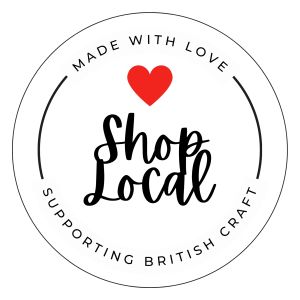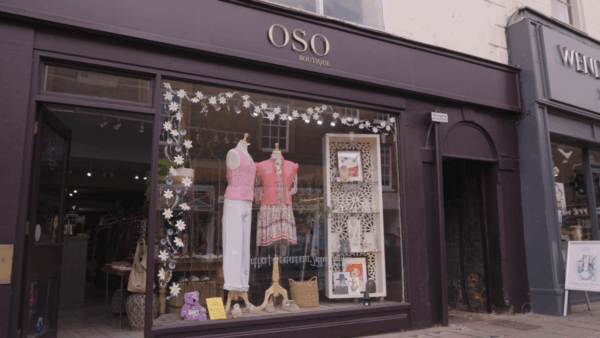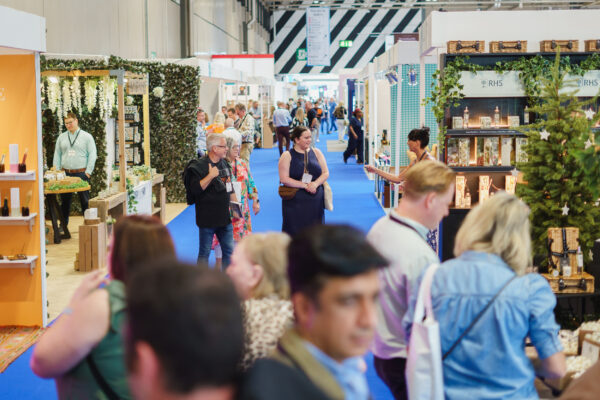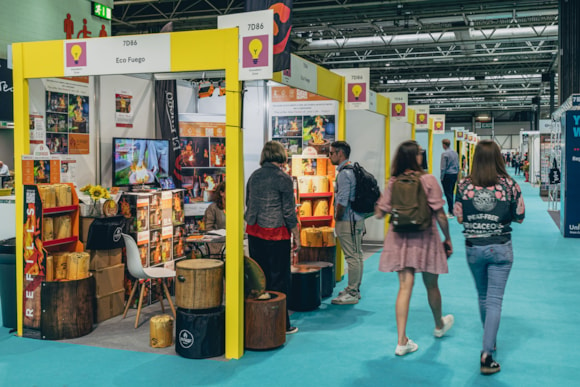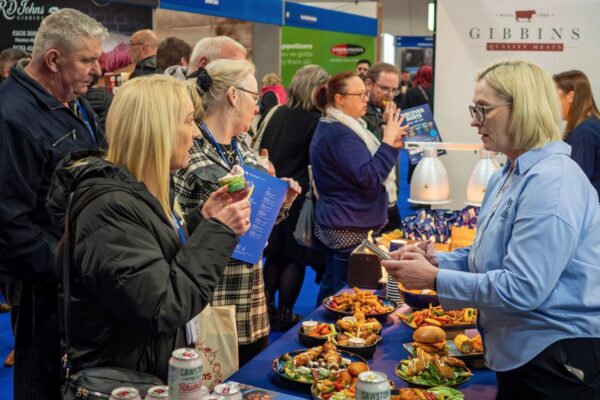Springboard’s Marketing and Insights Director, Diane Wehrle, has set out her vision for retail in 2021, with Springboard’s data and insights providing information which will help identify the key trends emerging from 2020 and the likely outlook for retail in 2021.
The biggest threat facing retailers in the year ahead is long term store closures due to ongoing coronavirus restrictions. In the UK vacancy rate compiled by Springboard in October which rose to 11.3%, the third consecutive rise since January 2020 and the highest rate since 2013.
We can expect ongoing restrictions to retail openings until the vaccines are rolled out more fully, which means the outlook for 2021 should be broken down into pre and post vaccine forecasts. The Pre Vaccine 2021 period will look much like it does at the moment, but if vaccine rollout is successful by Q2 the outlook will be a lot brighter, albeit social distancing measures are likely to stay in place for quite a while.
It is clear that consumers haven’t suddenly stopped wanting to visit physical stores. Springboard’s footfall data shows this, with footfall shifting from a decline of -82% in the depths of the first lockdown in the spring of 2020 to -25% by August 2020 when stores and hospitality were open. Most consumers still visit stores for grocery shopping rather than relying on online. Even during the first lockdown online grocery shopping represented just 11% of total grocery spend (Source:ONS) – and this has supported retail parks, the majority of which host a large food store.
Whilst footfall in high streets and shopping centres has dropped by as much as -54% since the first lockdown, in retail parks – which are easily accessible by car – the drop has been around 28%.
Covid has nevertheless accelerated a general move to online retail and a proportion of consumer spend has shifted. In May 2020 online accounted for 32.9% of total retail spending and 46.8% of fashion spending.
The move online has been matched by the growth of localism, facilitated by the huge rise in home-working which made local high streets far more resilient than large city centres where much of retail relied on office workers. Footfall in market towns across the UK declined by an average of -45% since the first lockdown, peaking at -21% in August, versus an average decline of -66% in regional city centres, and a peak of -37% in August.
Alongside the stories of struggling retailers, there are numerous examples of retailers and brands which have had a very strong trading year – from cycling and leisure good retailers to homewares and garden centres and pet stores. These contrast with a struggling fashion sector and the demise of several major brands, most of which were already in trouble before Covid struck. In this respect, the demise of companies such as Arcadia and Debenhams is an example of acceleration rather than a wholly new scenario brought on by Covid.
The type of clothing consumers are demanding has also changed, away from formalwear for either day or evening and strongly in the direction of leisure wear and comfortable clothes for home working.
Of all the major cities, Central London – once the most “invincible” retail destination – has been worst hit, partly because it had the furthest to fall. The City, which relies on public transport, has not only lost much of its working population but also tourism from within the UK and overseas. Footfall in Central London dropped by an average of -72% since the first lockdown, and by as much as -88% before retail reopened in England in June. The removal of tax-free shopping for overseas tourists has also removed a key incentive to visit for international consumers planning shopping trips when lockdown ends
Looking forward to 2021, it is clear that online shopping will rebase at a higher level than before Covid, as a proportion of consumers will continue to use this channel for at least some purchases even when stores reopen. Inevitably therefore, this will cause footfall to rebase at a lower level, perhaps settling at a level somewhat below that recorded in 2019. The potential impact of Brexit on the retail sector is not yet known.
The resurgence of interest in and loyalty towards local high streets and British-made products should not be under-estimated. For years, we bemoaned the decline of our local high streets, but one of the very few good things to come out of Covid may be that this has been at least slowed or even reversed, with consumers rediscovering local businesses and what they can offer.
Consumers are still in need of real, human to human experiences and this is not likely to just end. In fact, there is every indication of a coming boom in leisure, tourism and hospitality especially when lockdown finally ends.
Once the vaccine rollout kicks in, Springboard anticipates an initial surge in visits to stores and destinations of all kinds – most probably from Q2 onwards – supported by the savings that many consumers have been able to amass during the period of lockdown and restriction. Retailers could initially be competing with hospitality, travel and leisure for spend and consumer demand could wane as the year progresses, particularly if and when the furlough scheme ends and unemployment rises, but the hunger that consumers have for re-engaging with each other cannot be under-estimated and is not something that online alone can satisfy.





